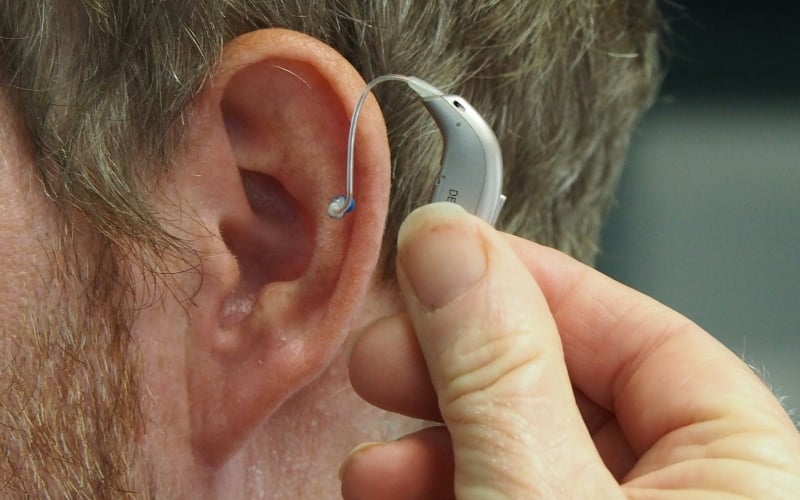Stage 0 breast cancer, or ductal carcinoma in situ (DCIS), is a form of the disease in which precancerous cells are found inside the milk duct. Patients who are diagnosed at this stage will often undergo a breast-conserving surgery and radiation. Sometimes, the treatment may go a bit further. A new preclinical study may have found another option.
Researchers at Johns Hopkins Kimmel Cancer Center are investigating the treatment efficacy of injecting a targeted immunotoxin into breast ducts via openings in the nipple. In mouse models, it has wiped out all visible and invisible precancerous lesions. The findings were shared in the Proceedings of the National Academy of Sciences. The team is hoping they can advance the treatment to feasibility and safety trials with human stage 0 breast cancer patients.
PHOTO: ADOBE STOCK / KITSUNEDr. Saraswati Sukumar, senior author and professor of oncology and pathology at Johns Hopkins, says, “In our research, we proposed an alternative treatment in which injecting the immunotoxin drug through the duct could result in cleaning out the DCIS. To our big surprise, the drugs killed every single lesion present in that breast duct. I had never seen such dramatic results in my life.”
The immunotoxin in question is HB21(Fv)-PE40, which includes the monoclonal antibody HB21. HB21 can bind to different targets, and in this study, that target was the human transferrin receptor, a carrier protein found in breast cancers. It was fused with PE40, which is a fragment of a bacterial toxin that stops protein production in cells, leading to their deaths.
When they used the immunotoxin against four cell lines of different subtypes of breast cancer, it was successful against all of them. They then injected it into the breast ducts of mice with DCIS, with the common forms of breast cancer all represented: estrogen and progesterone receptor-positive and human epidermal growth factor receptor 2 (HER2) negative, HER2 positive, and estrogen and progesterone receptor-negative.
 PHOTO: ADOBE STOCK / SARAN
PHOTO: ADOBE STOCK / SARAN The first mouse group, MCF7, received injections on a weekly basis for three weeks. To compare other avenues, the team also administered the immunotoxin into the body and delivered just the HB21 antibody into the ducts of some of the mice. In this group, those with the treatment administered into their bodies had slower tumor growth, but the tumors came back once treatment stopped, around day 26. The group that had the injection in the breast ducts, however, saw tumors disappear within two weeks of completing two of the three treatments, and imaging showed the tumors had not returned after two months.
On day 32, the team examined the mammary glands of two mice from each treatment group, finding that tumors were not only gone, but the mammary glands appeared completely normal. By day 61, there were still no tumors in the mice that had received the ductal treatment, while there were small tumors in those treated via the body, and invasive tumors in those that had only received the antibody.
In the other group, SUM225, the treatment appeared to clear tumors as soon as two weeks into treatment, with a recurrence after the experiment ended at day 48. The team also used 1/10 of a dose and the HB21 antibody alone with a few of the mice. After the full treatment was administered to the ducts, most mammary glands were tumor-free, but the lower dose wasn’t quite as effective. The antibody alone made no difference.
The team says low-grade DCIS doesn’t usually progress, so it’s recommended that patients keep an eye on it and receive hormone therapy. However, larger lesions typically receive more substantial treatment, and this intraductal immunotoxin injection could help such patients.
 PHOTO: ADOBE STOCK / SERHIIBOBYK
PHOTO: ADOBE STOCK / SERHIIBOBYK Dr. Sukumar says, “A possible clinical study would look something like this. A week or two before surgery, investigators may administer women a low dose of HB21(Fv)-PE40 through a single duct, and slowly use increasing doses to determine if any immunotoxin escapes the ducts into the bloodstream and affects liver function. They also would examine the ducts after breast removal to look for changes in the tissue and its effect on precancerous lesions.”
Provide Mammograms
Support those fighting Breast Cancer at The Breast Cancer Site for free! →
WhizzcoOriginal Article










